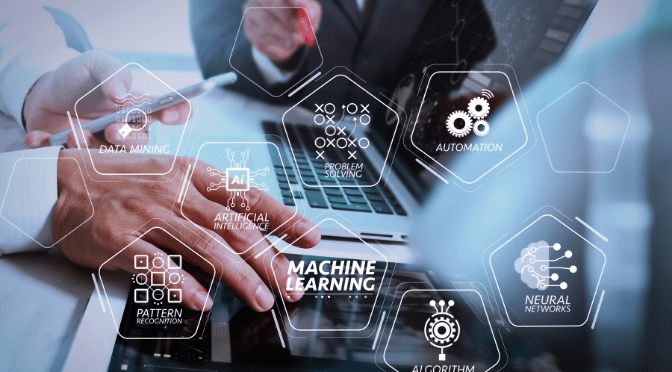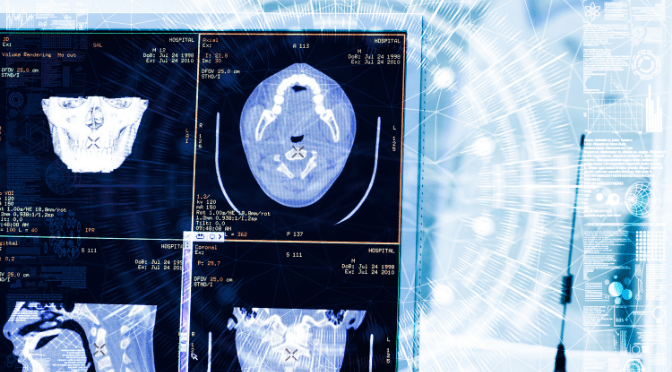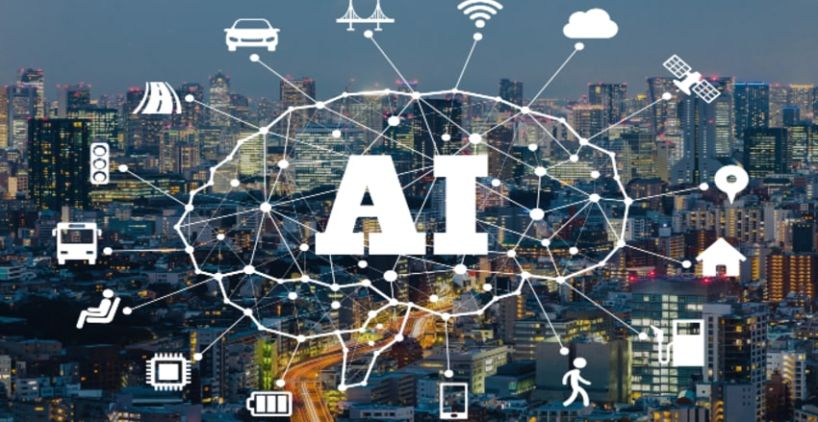Summary
Today, going digital is no longer a luxury. It has become a necessity. That is why computer vision, over the years, has emerged as a game-changer -not just across industries but also in people’s lives. Significantly, these days, during a global pandemic – computer vision has vastly influential in helping companies run their business and empowering individuals to carry out their daily tasks.
What is computer vision?
A computer vision is a part of AI, which helps you recognize and understand human perception based on their properties. It extracts various information from the digital images, videos, and succession of images to deliver the desired output like image processing, medical images, and pattern recognition. And so, a deep learning-based computer vision permits us to learn and represent data with many layers of abstraction, much the same as the brain perceives and understands multimodal information.

Machine learning versus deep learning
In machine learning (ML), we need to feed a large volume of data by representing specific features and attributes of an object, and then it learns and classifies to produce an output. However, deep learning (DL) is a subset of machine learning, wherein the software trains itself to perform a task using the neural networks to illuminate more complex difficulties.
In traditional ML, the input undergoes the feature extraction process, trailed by the classification of the type and then process to the decision-making (Output) process. Whereas in DL, the feature extraction and classification tasks performed by itself and afterward displays the output (decision).
Domains powered by computer vision
Presently the technology have implemented in several areas such as,
Image classification: A method of extracting information from a multiband raster image. It is mainly used for classifying medical images and in medical image analysis.
Object detection: A technique determines/ identifies and locates the object in an image or a video. It is mainly used in image retrieval and video surveillance areas.
Image segmentation: A way to specify the particular type of object using the visual scene. It is also regarded as a pixel segmentation.
Image segmentation can be divided into two branches: Semantic segmentation and Instance segmentation. Semantic segmentation assigns each pixel’s image to a relating object class, and instance segmentation predicts the labels and objects advanced to the semantic segmentation.
The applications used for image segmentation are traffic control systems, video surveillance, medical imaging, etc.
Businesses impacted by computer vision
Here are the domains where the CV can make a huge impact in terms of streamlining business operations and delivering great customer experiences.
Retail: The utilization of CV in the retail industry has been booming in recent years. It can be leveraged in several streams that incorporate behavioral tracking to analyze and understand the customers and how do they behave. It can also be used to track the movements, analyze the navigational routes and walking patterns, as well as to detect directional gaze.
Manufacturing: In the manufacturing field, CV has helped companies boost their production processes while enhancing shipping/warehousing capabilities. It also plays a crucial role in identifying component defects to help manufacturers take their products quicker to the market.
Healthcare: In digital healthcare, which is becoming the new norm, computer vision applications are already making waves as far as diagnostics, and patient care are concerned. The best example is medical image analysis, which helps healthcare service providers to significantly improve the medical diagnostic process.
Defense and security: CV applications are extensively used in the defense domain, especially in border security, where instant image recognition is creating a world of a difference. CVs can also be used in automating vehicle and machine movements, which can vastly improve ‘search and rescue’ missions.

Algorithms for traditional deep learning
- SIFT- Scale Invariant Feature Transform
- SURF- Speeded Up Robust Features
- BRIEF- Binary Robust Independent Elementary Features
- FAST- Features from Accelerated Segment Test
- Hough transform
- Geometric hashing
Both SIFT and SURF are usually combined with traditional ML algorithms.
Now, let us look at traditional deep learning algorithms.
SIFT – Scale Invariant Feature Transform (SIFT) helps detect and describe the local features of an image. It takes out the reference of images that are already stored in a database.
SURF – Speeded Up Robust Features (SURF), inspired by SIFT, is used to detect and identify the type of object. It can perform various tasks, such as object recognition, image registration, and classification.
BRIEF – Binary Robust Independent Elementary Features (BRIEF) is a general-purpose feature descriptor. It is compatible with typical classes of photometric and geometric image transformations.
FAST – Features from Accelerated Segment Test (FAST) is helpful in identifying the interest points like image matching, object recognition and tracking.
Hough transform – The main goal of the Hough transform is to detect the imperfect occurrence of the object. The technique is concerned with the identification of lines in the image. Also, the Hough transform is used for image analysis, computer vision, and digital image processing.
Geometric hashing – It is a model-based object recognition method constructed to find the geometric objects that have the same or similar shape. It is also useful in detecting objects which can be partially overlapped or occluded. It tries to identify the maximum number of points that coincide with the closest input model.
Conclusion
Today, deep learning has become one of the computer vision breakthrough catalysts. From revolutionizing self-driving cars to safeguarding the borders of countries, computer vision has genuinely changed the world – as we know it. Hence, it is important to understand the type of processor power your applications need before putting yourself in an ideal position to accelerate your business goals.


